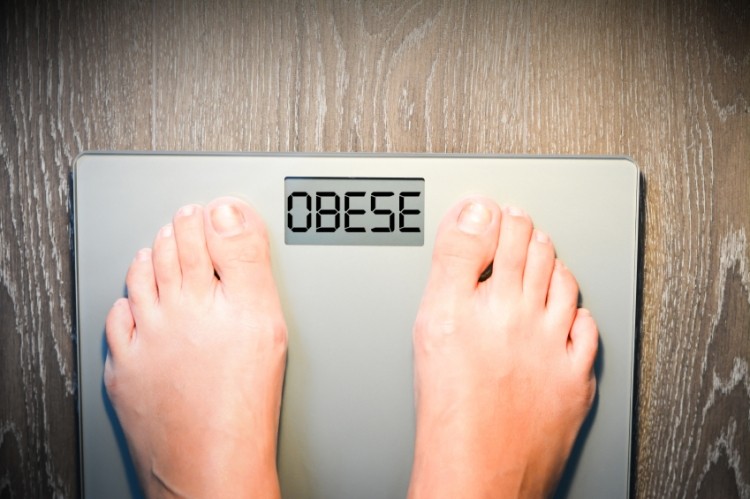WHO report urges more action to tackle rising rates of malnutrition

The State of Food Security and Nutrition in the World 2018 released this week, tracks the rise of hunger worldwide over the past three years at it revealed levels were returning to those complied a decade ago.
The report warns that more must be done and urgently if the Sustainable Development Goal (SDG) of Zero Hunger is to be achieved by 2030.
In a joint foreword featured in the report, the heads of aid agencies said, “The alarming signs of increasing food insecurity and high levels of different forms of malnutrition are a clear warning that there is considerable work to be done.
“We must make sure we ‘leave no one behind’ on the road towards achieving the SDG goals on food security and improved nutrition.”
Malnutrition and maternal health
Malnutrition levels are of particular concern in South America and most regions of Africa, with climate variability affecting rainfall patterns and agricultural seasons among the key drivers behind the rise in hunger, together with conflict and economic slowdowns.
Other deciding factors outlined in the report include climate extremes such as droughts and floods.
However, the report also noted a decreasing trend in undernourishment characterising Asia, which seemed to be slowing down significantly.
Despite the efforts made to eradicate malnutrition and hunger, the report said little progress had been made in reducing child stunting.
According to its authors, nearly 151 million children aged under five were considered too short for their age due to malnutrition in 2017. This was compared to 165 million in 2012.
Globally, Africa and Asia accounted for 39% and 55% of all stunted children, respectively.
Maternal health also came under the spotlight with a “shameful” statistic detailing one in three women of reproductive age globally were affected by anaemia.
No region has shown a decline in anaemia among women of reproductive age, the report revealed, with its prevalence in Africa and Asia nearly three times higher than in North America.
In contrast, rates of exclusive breastfeeding in Africa and Asia were 1.5 times higher than those in North America where only 26% of infants under six months receive breastmilk exclusively.
The opposite end of hunger
North America was identified to be at the forefront of adult obesity with the report identifying the continent to be most affected. Africa and Asia also experiencing an upward trend that recognises more than one in eight adults in the world as obese.
The report highlights the coexistence of the two extremes of nutrition, often in many countries and even in the same household.
It suggested poor access to nutritious food due to higher cost, the stress of living with food insecurity, and physiological adaptations to food deprivation may help explain why food-insecure families have a higher risk of overweight and obesity.
The heads of the aid agencies, which include the UN Food and Agriculture Organization (FAO), the International Fund for Agricultural Development (IFAD), the UN Children's Fund (UNICEF), the World Food Programme (WFP) and the World Health Organization (WHO) added, “If we are to achieve a world without hunger and malnutrition in all its forms by 2030, it is imperative that we accelerate and scale up actions.”
“This is to strengthen the resilience and adaptive capacity of food systems and people’s livelihoods in response to climate variability and extremes.”




















